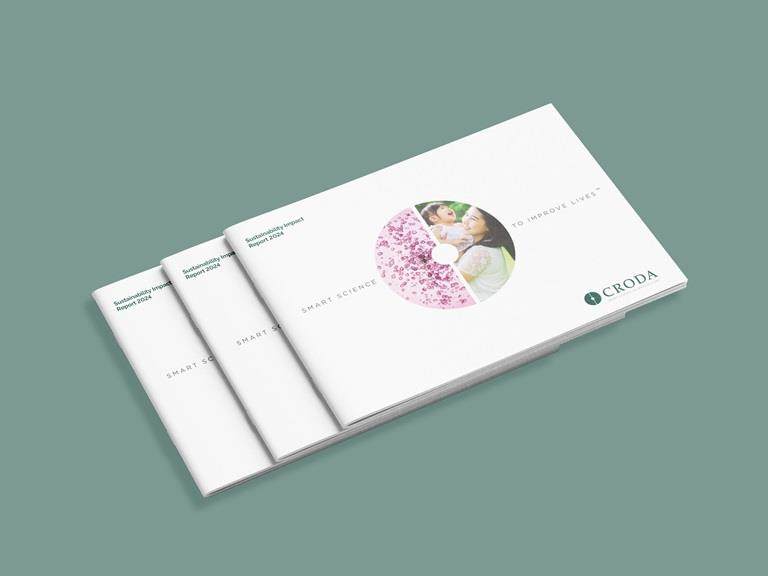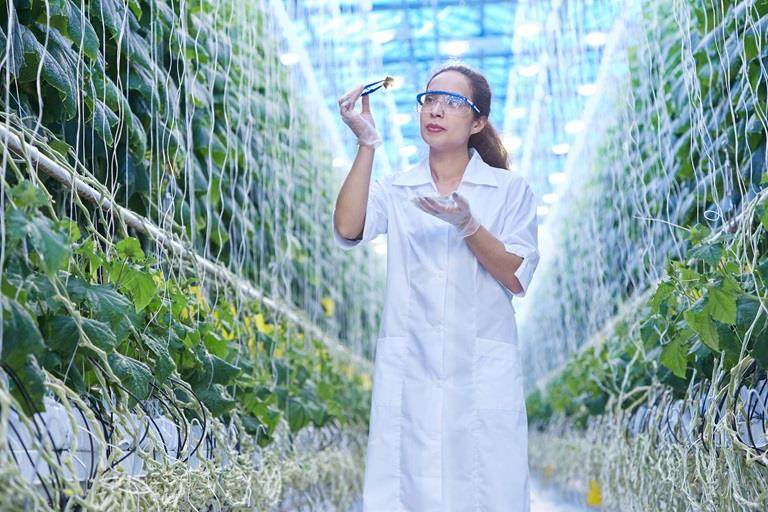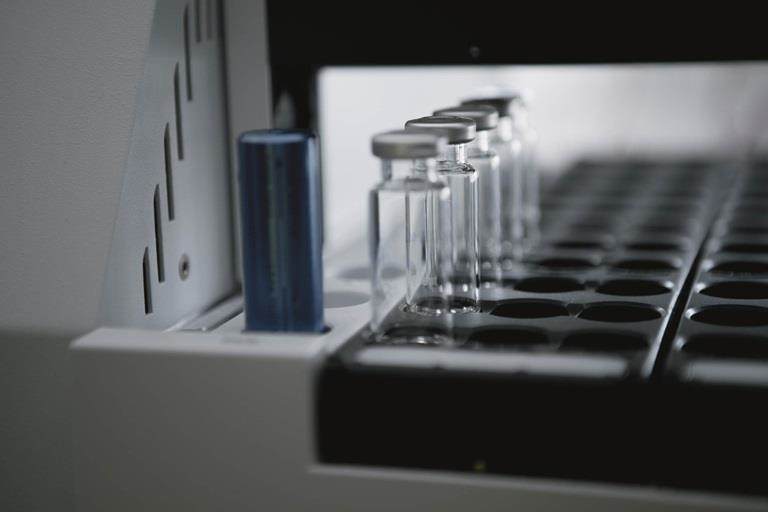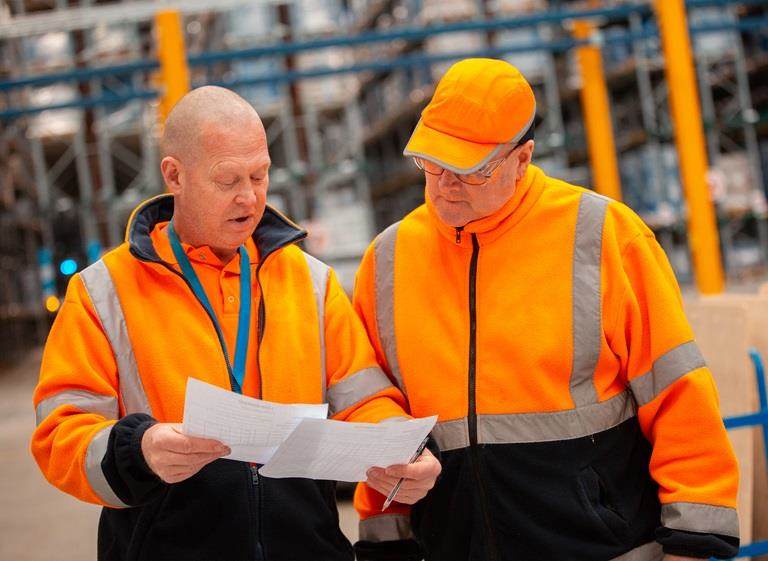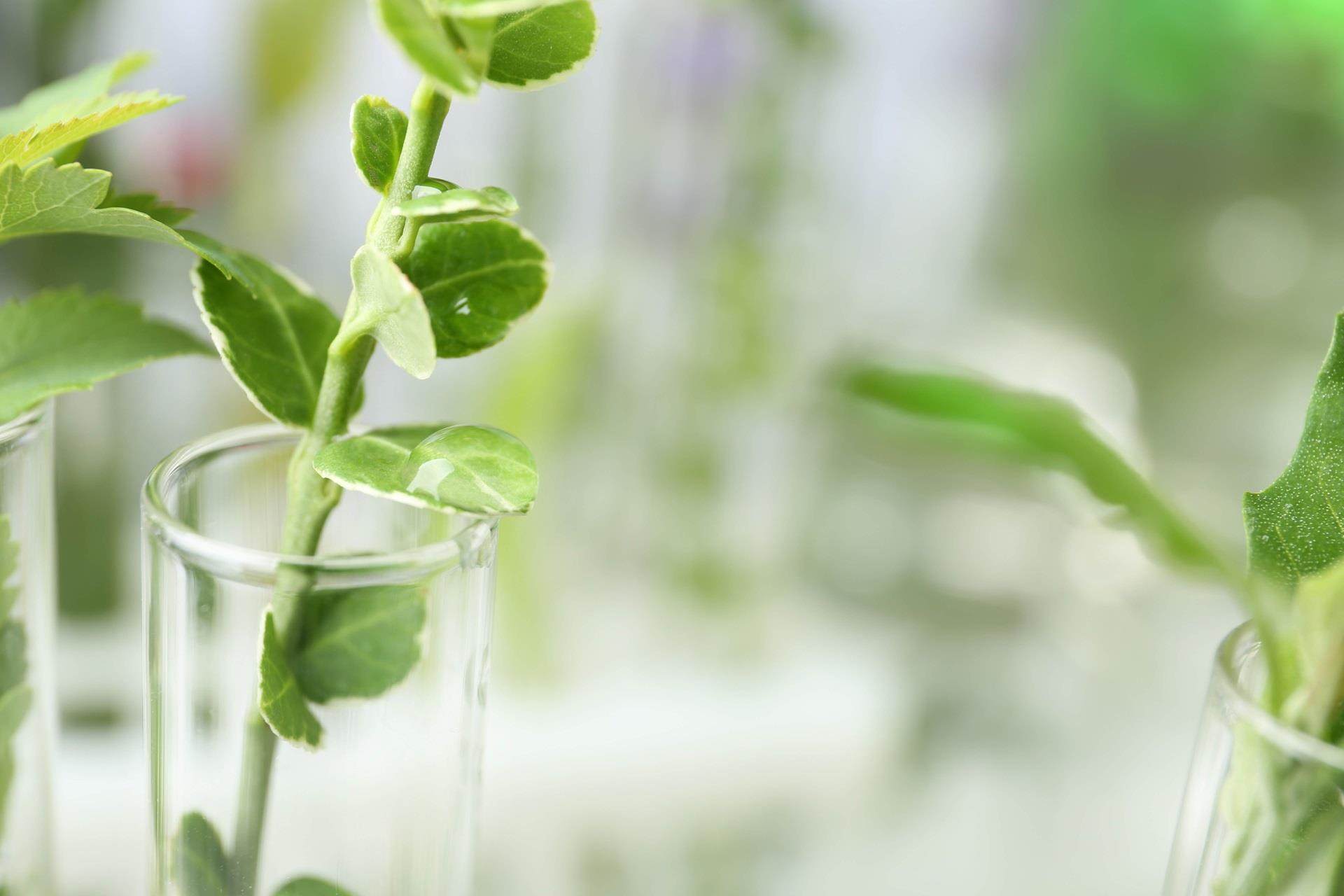
Non-financial performance and reports
We consider our non-financial metrics to be as important as our financial. The Croda Executive Committee reviews our non-financial key performance indicators every quarter and our Board of Directors conduct a full review process during the year to assess progress against our Commitment.
Reporting
We are passionate about sustainability. To show our continuing commitment, each year we issue Sustainability and Annual Reports along with a non-financial data performance summary as part of our reporting data pack. In these we complete disclosures against TCFD and provide referenced index against GRI. We aligned with the SASB process safety metric for our 2021 reporting and moved to SASB reporting in 2022.
Our Sustainability Report documents our sustainability journey and its impact on our business, customers and the wider world. It demonstrates our progress towards becoming Climate, Land and People Positive and our ambition to be the most sustainable supplier of innovative ingredients.
Our non-financial data performance summary gives numerical data to track our progress against 2030 targets and interim milestones.
Our referenced index for Global Reporting Initiative (GRI) provides information on general and material issues including climate change, human rights, governance and social wellbeing.
Further Commitments
At Croda, we recognise the evolving expectations of our stakeholders. In addition to our regular reports, we are committed to transparency by actively participating in global sustainability initiatives and responding to emerging frameworks such as the European Sustainability Reporting Standards (ESRS) and the UN Sustainable Development Goals (SDGs).
To strengthen our approach, we engage with external assurance providers to validate key non-financial data and enhance the credibility of our reporting. This reinforces our dedication to accountability and continuous improvement as we navigate our journey to a sustainable future.
By integrating these practices, we aim to set new benchmarks in non-financial performance and continue driving positive change across our industry and beyond.
